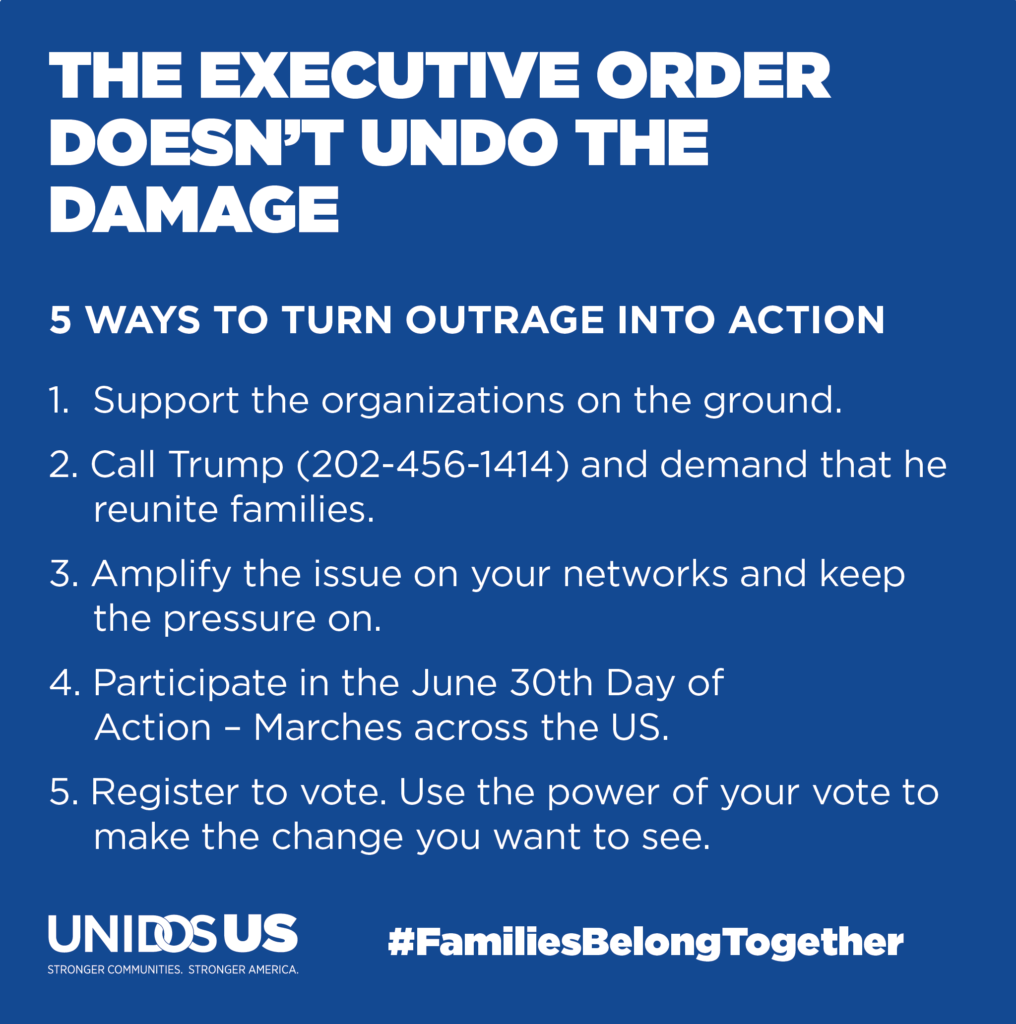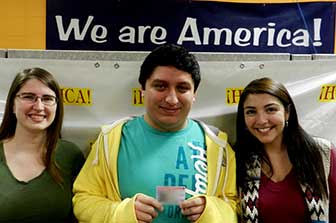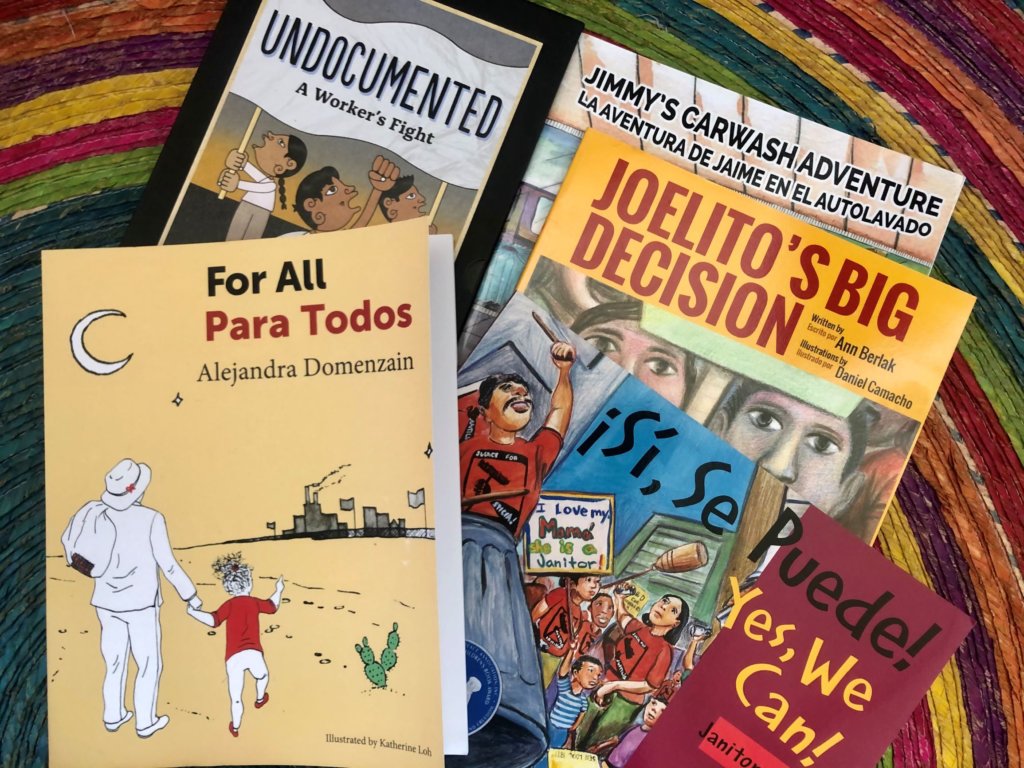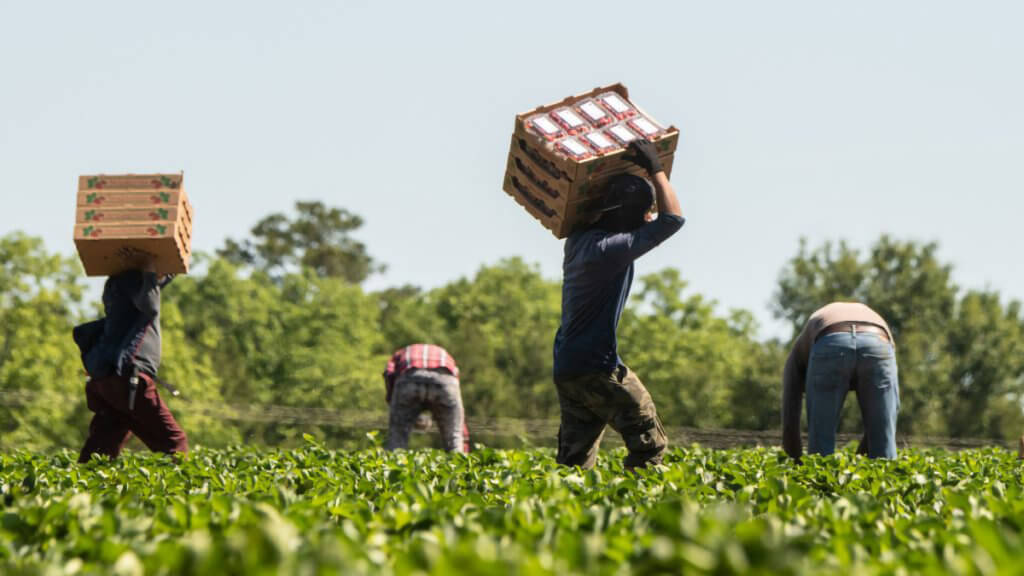5 things to know about Trump’s family separation executive order
For weeks we have witnessed harrowing images and audio of little children be ripped apart from their families. This has generated outrage from seemingly every corner of American society. On June 20, President Trump buckled to public pressure, issuing an executive order to “end” his own policy of family separation.
Here are the five things you should know about the executive order:
Tornillo, TX was only the beginning. Join us in DC and around the country on June 30th as we continue the fight to #EndFamilyDetention! #FamliesBelongTogether–not in cages. https://t.co/jkDtofO09F pic.twitter.com/sQaNTmVFQ9
Keep up with the latest from UnidosUS
Sign up for the weekly UnidosUS Action Network newsletter delivered every Thursday.
— UnidosUS (@WeAreUnidosUS) June 24, 2018
1. What does the executive order actually do? Will it really stop the separation of families?
- It keeps the so-called “zero tolerance” policy in place. The U.S. Department of Justice (DOJ) will continue prosecuting all adults apprehended along the southern border at places other than ports of entry. This includes single adults, but also parents traveling with children.
- It keeps children detained, but with their parents. The executive order says that the U.S. Department of Homeland Security (DHS) is generally to detain children traveling with a parent in its facilities while the DOJ completes the criminal prosecution of the parent. So now, instead of separating a child from their parent so that DOJ can prosecute the parent, the child can stay with the parent in detention while DOJ moves forward with the case.
- Deploys the assets of the U.S. military to help detain children and parents. DHS currently only has space for about 3,000 of these families meaning it will need more space to carry out the president’s directive. While DHS seeks to build more space (and asks Congress for $7 billion more to do so), Trump has ordered the U.S. military to provide or construct facilities for the purpose of detaining these children and their parents.
- Sets a legal fight in motion over indefinite detention of children. The detention of children and their parents has been a hotly protracted legal battle for several years now (for more history, see here). In short, a court has ruled that absent extenuating circumstance DHS must process these children and their parents within 20 days of their entering DHS custody. Trump has instructed the DOJ to seek a modification of that court ruling to allow his administration to detain children and their parents for extended periods of time—potentially indefinitely—until their immigration cases are completed. And for Trump that means deportation.

2. Has Trump’s immigration policy really changed?
In short, no.
Trump’s decision to start charging all adults back in April—single or traveling with a child—with the misdemeanor offense of illegal entry, remains in effect. His position was that for his administration to prosecute an adult with a child for this type of misdemeanor office it had to pry them away from their child. While these separations will not occur under this executive order, Trump has said that the practice of charging adults with misdemeanor offenses will continue. This means that parents will be detained with their child while their cases make their way through the courts, a process that can take a long time.
“We must stop all of these policies. Your being here today makes a huge difference. But let’s remember, nuestro voto es nuestra voz. Let’s #vote!” – UnidosUs President & CEO @JMurguia_Unidos #EndFamilyDetention #FamiliesBelongTogether pic.twitter.com/Lajbg86h3b
— UnidosUS (@WeAreUnidosUS) June 24, 2018
3. Does this executive order reunite the 2,300 children separated at the border with their parents?
No.
There is nothing in this executive order that would require the government to clean up Trump’s mess. Many parents—who were prosecuted under Trump’s so-called “zero tolerance” policy shortly after crossing the border—have since been deported from the United States, without their children. Parents have reported that they have not been given any information about their children’s whereabouts.
It appears that Trump has no plan to reunite the thousands of families who have already been separated. Some legal organizations are suing the Trump administration over this issue. One mother separated and deported under the policy has been reunited with her seven-year old son pursuant to a legal challenge.
ICYMI: UnidosUS VP of Policy & Advocacy @CMartinezDC joined @ThRevAl on @PoliticsNation @MSNBC and discussed Trump’s criminalization of immigrants and inhumane policies. #FamiliesBelongTogether #FamiliasUnidashttps://t.co/W6Azeyxqde
— UnidosUS (@WeAreUnidosUS) June 24, 2018
4. Is Trump really going to drag the military this mess?
It’s more likely than you’d think.
The executive order authorizes the use of military installations to potentially detain children and their parents indefinitely. Reports indicate that as many as 20,000 migrant children could be housed on military bases this year. What’s more, it appears that Trump has ordered that the military’s lawyers be used for immigration cases, which has some in Congress, including Republicans, concerned about their role.
5. How can I help?
Despite Trump’s executive order “ending” family separations, there are still thousands of children who are separated from their parents. With this executive order, Trump’s anti-Latino immigration policy is poised to continue in only a slightly different form. You can help by visiting these links to learn more about how you can support families affected by separation:
Catholic Charities of the Rio Grande Valley
RAICES and their bond fund for family reunification


